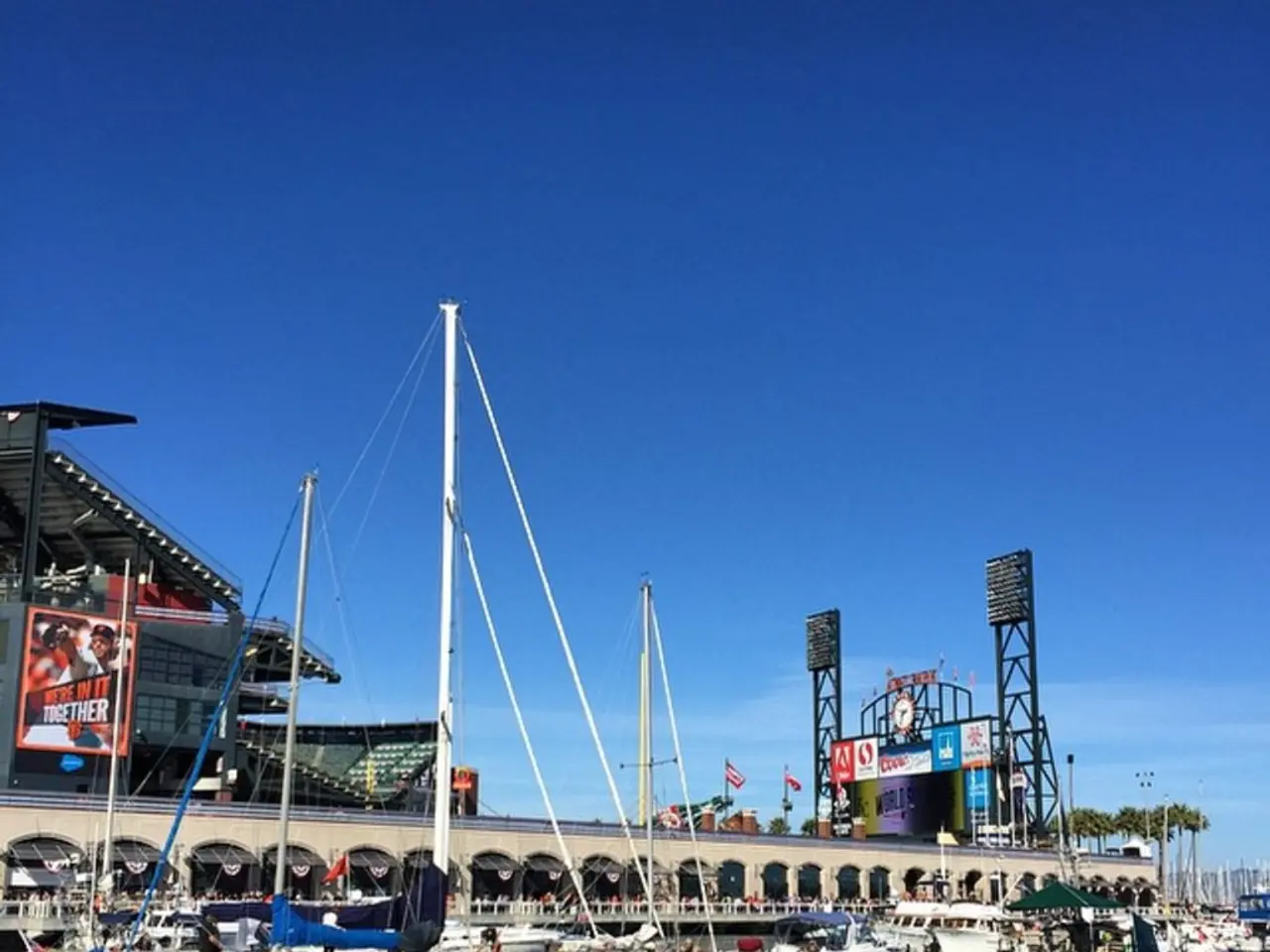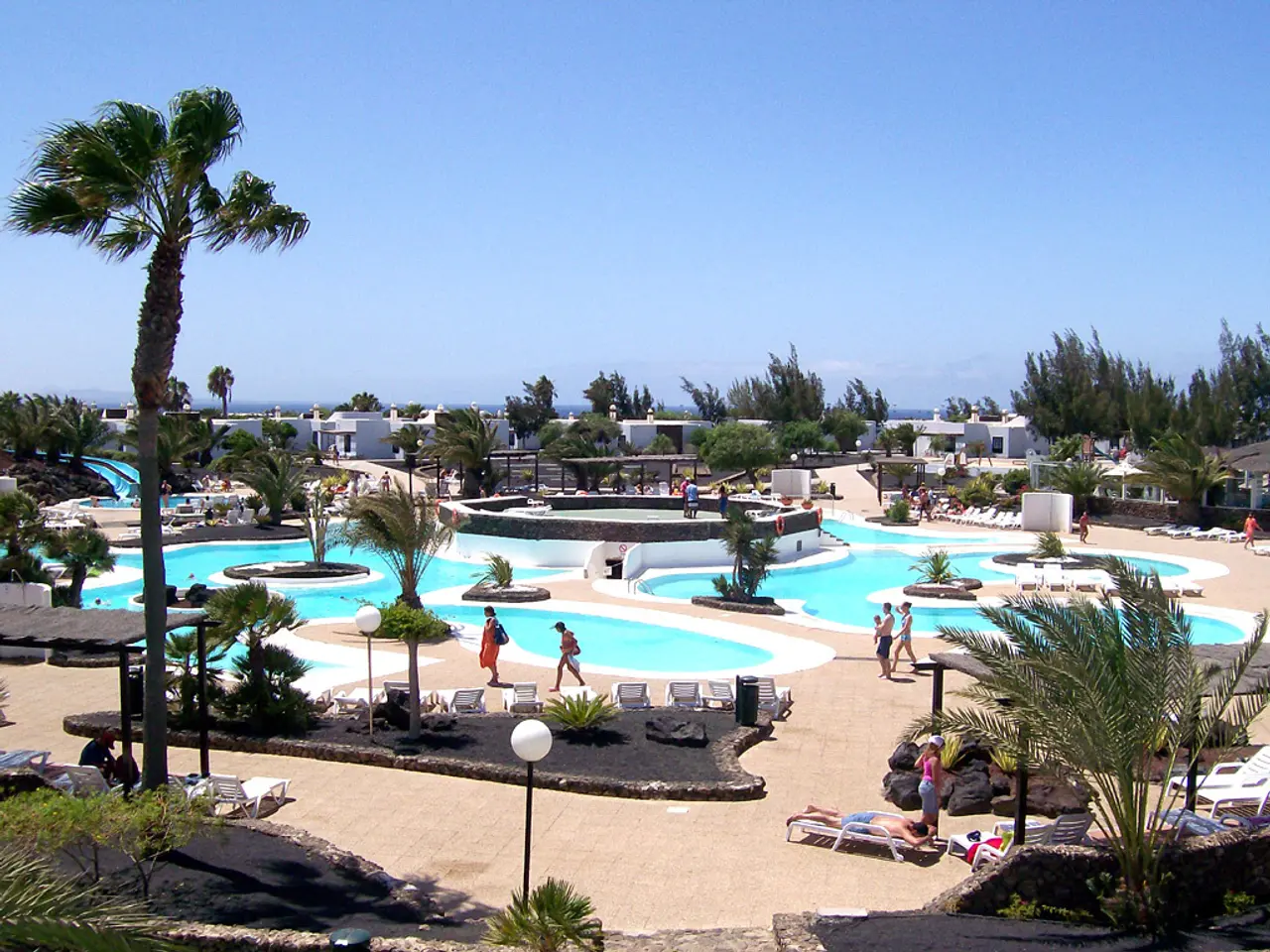"Evaluation of 'On the Border': Balancing Aesthetics and Environmental Pollution"
In the heart of the Sahara desert lies the city of Agadez, a historical hub for migration routes towards Europe. The upcoming documentary, "Agadez" (or "On the Border – Europas Grenzen in der Sahara"), set to release in 2024, sheds light on the complex dynamics surrounding Europe's migration and security policies as they affect this city and its residents.
Directed by Gerald Igor Hauzenberger and Gabriela Schild, the film offers a deep dive into the European migration crisis, with a focus on Agadez as a critical node in this global issue. Over several years, the directing duo conducted interviews with the inhabitants of Agadez and observed city life, painting a vivid picture of everyday life in this desert landscape.
The documentary features Ahmed Dizzi, a jewelry merchant in Agadez, as one of its main characters. Ahmed, who speaks seven languages, including Bavarian, sells Tuareg silver jewelry. The film reveals that his business, like many others in the city, has been negatively impacted since the EU declared Agadez its security anchor in the Sahel zone. As a result, Ahmed will have to close his jewelry store, a poignant symbol of the changes sweeping through the city.
Rhissa Feltou, the mayor of Agadez, is another prominent figure in the documentary. The film delves into the contrast between European promises and the lived realities of the Nigerien people, as depicted through the eyes of these key figures.
The documentary is beautifully shot and atmospheric, capturing the breathtaking desert landscape that surrounds Agadez. However, it also reveals the stark reality of poverty and illiteracy that mark the lives of many residents. The vast amounts of plastic waste can be found blown across the sand flats of Agadez, a stark reminder of the environmental impact of the migration crisis.
One intriguing scene in the documentary features a Bavarian colleague trying to tempt Ahmed Dizzi with alcohol. Ahmed, a devout Muslim, responds with a quote from his faith, "Allah sleeps in Bavaria." This exchange underscores the cultural and religious diversity that exists within Agadez.
"Agadez" challenges stereotypes that depict the Sahara and Agadez as lawless and empty wastelands, instead highlighting the wisdom and resilience of desert communities. It delves deeply into the impacts of European migration and security policies on the local society, revealing the perceptions of the "false promises" by Europe regarding migration and economic support.
The documentary is a significant contribution to understanding the Sahara’s role in the global migration issue. It presents a sober, observer-driven perspective, focusing on local insights while critiquing broader European policies. With its release scheduled for 2024, "Agadez" promises to be a thought-provoking and insightful piece of work.
- The science of environmental-science can be observed through the vast amounts of plastic waste found in Agadez, a stark reminder of the environmental impact of the migration crisis.
- The documentary, "Agadez," discusses how the lifestyle of Ahmed Dizzi, a jewelry merchant in Agadez, has been affected by European migration policies, as his business has been negatively impacted after the EU declared Agadez its security anchor in the Sahel zone.
- Home-and-garden television programs might find inspiration in the breathtaking desert landscape that surrounds Agadez, depicted beautifully in "Agadez," a documentary that challenges stereotypes about the Sahara and Agadez as lawless and empty wastelands.




